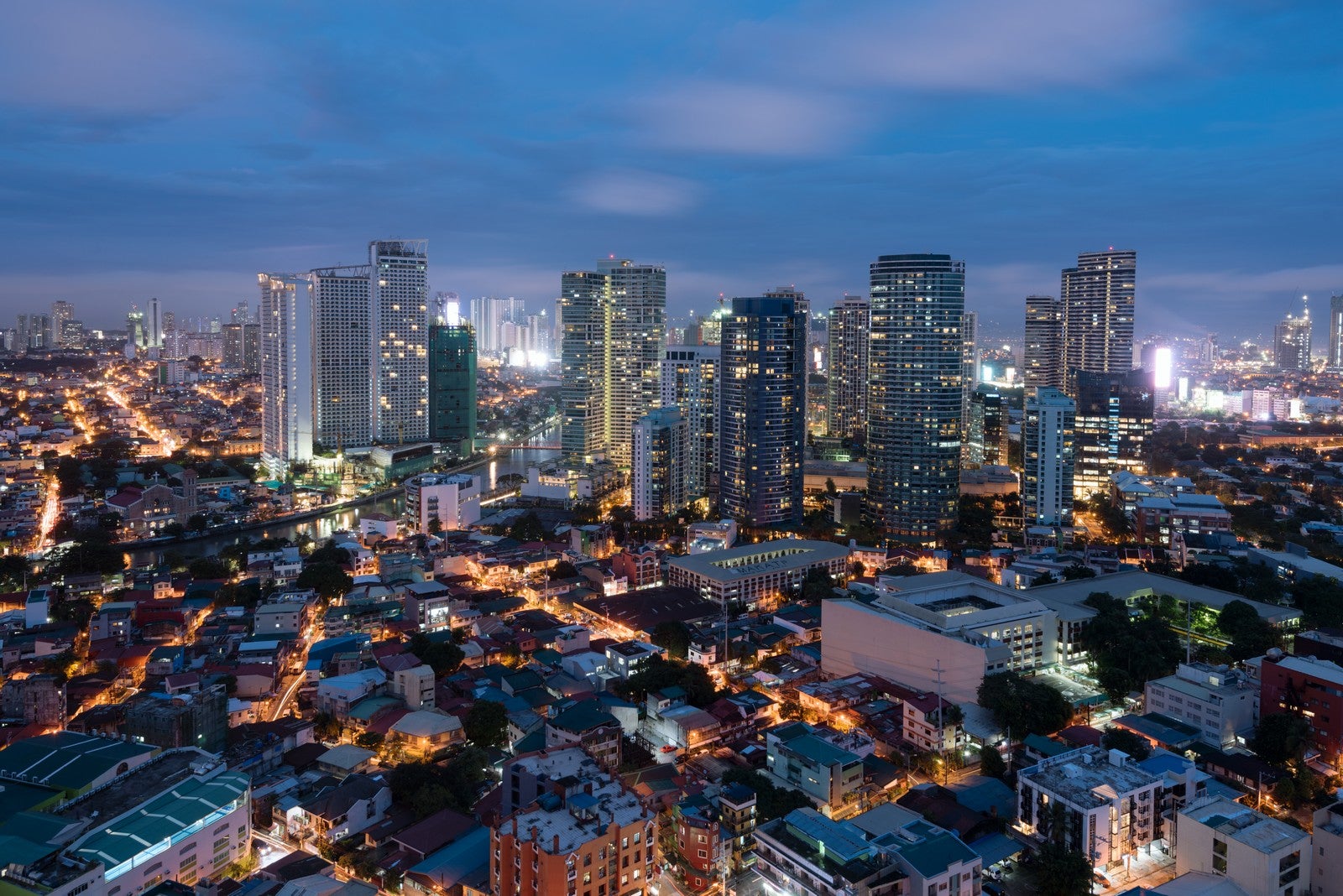
Towering at 1,976 meters, it’s a biodiversity hotspot and eco-tourism haven nestled within Mount Isarog National Park, a protected area teeming with endemic flora and fauna. A favorite among hikers, Mount Isarog offers a variety of trails suited for beginners to seasoned trekkers.
The Panicuason and Patag-Patag trails are known for their mossy forests, cascading waterfalls, and hot springs—perfect for nature lovers craving immersion in the tropical rainforest.
With its pristine environment and wide-ranging activities, Mount Isarog is an ideal escape from crowded tourist spots.









